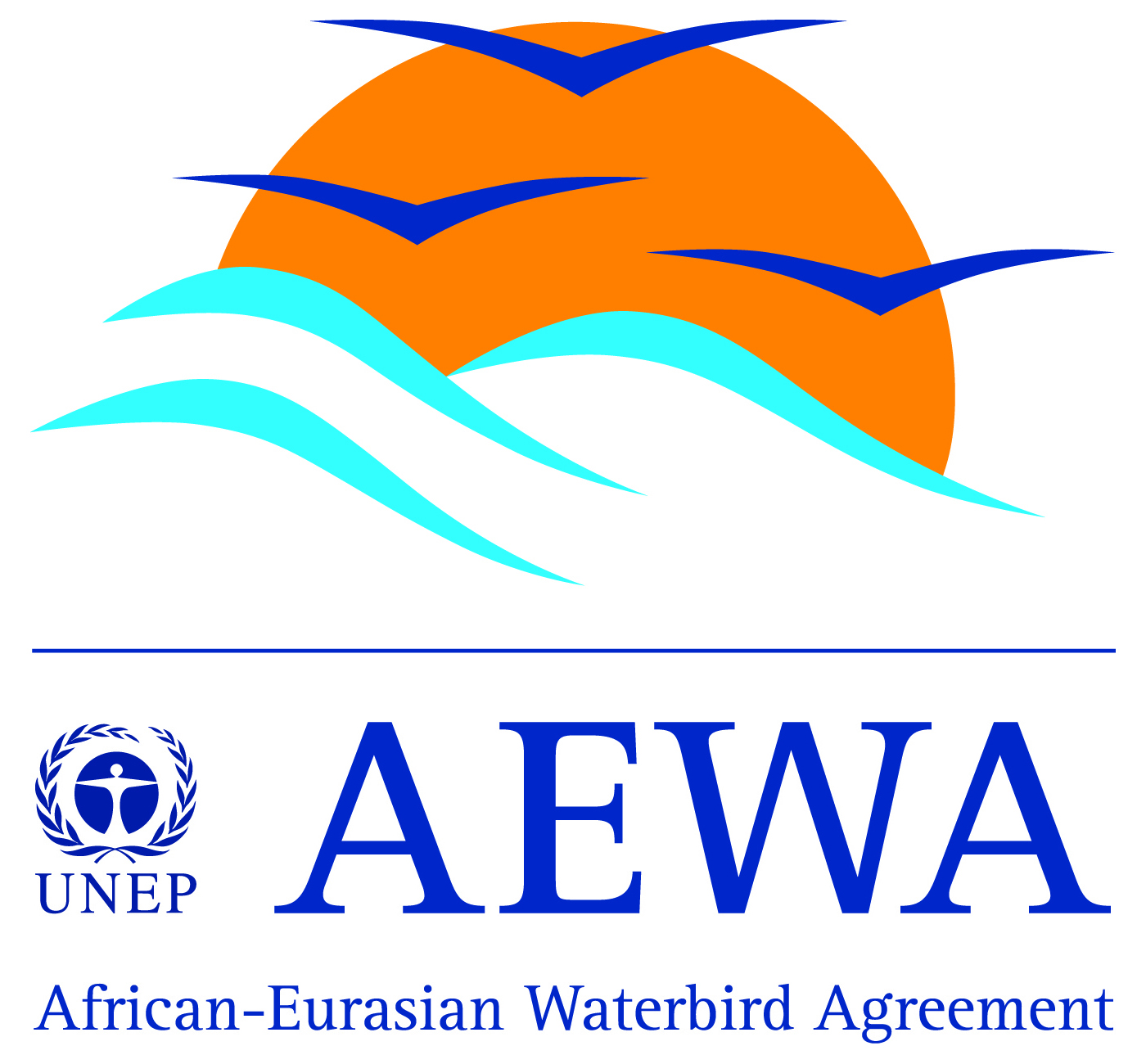Actions to conserve biodiversity
We have summarised evidence from the scientific literature about the effects of actions to conserve wildlife and ecosystems.
Review the evidence from the studies
Not sure what Actions are? Read a brief description.
Search for evidence
e.g. "frogs chytrid"
3690 Actions found
Refine
Hide
3690 Actions found
Download Actions
| 0 selected |
|
Order results by:
| Action | Effectiveness | Studies | Category | |
|---|---|---|---|---|
|
Reduce primate predation by other primate species through exclusion (e.g. fences) or translocation Action Link |
No evidence found (no assessment) | 0 |
|
|
|
Guard habituated primate groups to ensure their safety/well-being Action Link |
Likely to be beneficial | 1 |
|
|
|
Implement legal protection for primate species under threat Action Link |
Unknown effectiveness (limited evidence) | 5 |
|
|
|
Provide salt licks for primates Action Link |
No evidence found (no assessment) | 0 |
|
|
|
Regularly and continuously provide supplementary food to primates Action Link |
Unknown effectiveness (limited evidence) | 9 |
|
|
|
Regularly provide supplementary food to primates during resource scarce periods only Action Link |
Unknown effectiveness (limited evidence) | 4 |
|
|
|
Provide supplementary food for a certain period of time only Action Link |
Unknown effectiveness (limited evidence) | 13 |
|
|
|
Provide supplementary food to primates through the establishment of prey populations Action Link |
No evidence found (no assessment) | 0 |
|
|
|
Provide additional sleeping platforms/nesting sites for primates Action Link |
Unknown effectiveness (limited evidence) | 3 |
|
|
|
Provide artificial water sources Action Link |
Unknown effectiveness (limited evidence) | 4 |
|
|
|
Control habitat-altering mammals (e.g. elephants) through exclusion (e.g. fences) or translocation Action Link |
No evidence found (no assessment) | 0 |
|
|
|
Remove alien invasive vegetation where the latter has a clear negative effect on the primate species in question Action Link |
No evidence found (no assessment) | 0 |
|
|
|
Reduce primate predation by non-primate species through exclusion (e.g. fences) or translocation Action Link |
No evidence found (no assessment) | 0 |
|
|
|
Prevent gene contamination by alien primate species introduced by humans, through exclusion (e.g. fences) or translocation Action Link |
No evidence found (no assessment) | 0 |
|
|
|
Wear face-masks to avoid transmission of viral and bacterial diseases to primates Action Link |
Unknown effectiveness (limited evidence) | 2 |
|
|
|
Keep safety distance to habituated animals Action Link |
Unknown effectiveness (limited evidence) | 3 |
|
|
|
Limit time that researchers/tourists are allowed to spend with habituated animals Action Link |
Unknown effectiveness (limited evidence) | 2 |
|
|
|
Implement quarantine for people arriving at, and leaving the site Action Link |
No evidence found (no assessment) | 0 |
|
|
|
Implement quarantine for primates before reintroduction/translocation Action Link |
Unknown effectiveness (limited evidence) | 9 |
|
|
|
Ensure that researchers/tourists are up-to-date with vaccinations and healthy Action Link |
Unknown effectiveness (limited evidence) | 2 |
|
|
|
Regularly disinfect clothes, boots etc. Action Link |
Unknown effectiveness (limited evidence) | 1 |
|
|
|
Wear gloves when handling primate food, tool items, etc. Action Link |
No evidence found (no assessment) | 0 |
|
|
|
Preventative vaccination of habituated or wild primates Action Link |
Trade-off between benefit and harms | 4 |
|
|
|
Treat sick/injured animals Action Link |
Unknown effectiveness (limited evidence) | 18 |
|
|
|
Remove/treat external/internal parasites to increase reproductive success/survival Action Link |
Unknown effectiveness (limited evidence) | 9 |
|
Download Actions
| 0 selected |
|
Watch this search
If you are familiar with RSS feeds, please click the button below to retrieve the feed URL:
RSS feed for this searchIf you are unfamiliar with RSS feeds, we would suggest reading this BBC article.
Unfortunately, due to the number of feeds we have available, we cannot provide e-mail updates. However, you could use tools such as Feed My Inbox to do this for you.
What are 'Individual studies' and 'Actions'?
Individual studies
An individual study is a summary of a specific scientific study, usually taken from a scientific journal, but also from other resources such as reports. It tells you the background context, the action(s) taken and their consequences.
If you want more detail please look at the original reference.
Actions
Each action page focuses on a particular action you could take to benefit wildlife or ecosystems.
It contains brief (150-200 word) descriptions of relevant studies (context, action(s) taken and their consequences) and one or more key messages.
Key messages show the extent and main conclusions of the available evidence. Using links within key messages, you can look at the paragraphs describing each study to get more detail. Each paragraph allows you to assess the quality of the evidence and how relevant it is to your situation.
Where we found no evidence, we have been unable to assess whether or not an intervention is effective or has any harmful impacts.





)_2023.JPG)














